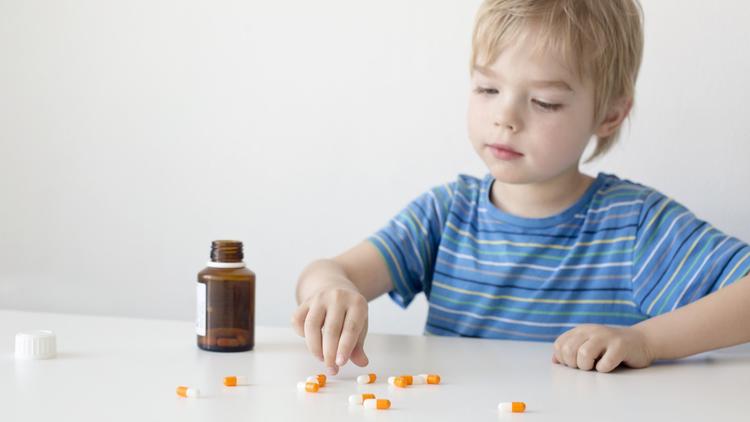An American Academy of Pediatrics study published Monday revealed that the rate of adolescent exposure to ADHD medication reported to U.S. poison control centers increased 71.2 percent from 2000 to 2011, with a 6.2 percent decrease from 2011 to 2014.
Exposure could include children finding and ingesting the medication, accidental dosage errors or an intentional overdose for the purpose of getting high or committing suicide.
The study looked at how people up to age 19 encountered the medication and was not limited to those with a prescription.
With an estimated 69 percent of children diagnosed with ADHD taking medication for their condition, what can parents do to make sure their kids stay safe?
Henry A. Spiller, one of the study’s authors and director of the Central Ohio Poison Center at Nationwide Children’s Hospital in Columbus, suggests focusing on specific age groups.
“The biggest thing we found is that age makes a difference,” said Spiller, who categorized the children in three groups: preschoolers, up to 5 years old; school-age children, 6-12; and teens, 13-19.
Spiller said preschoolers’ exposure to ADHD medication is mainly due to “exploratory behavior.”
“These scenarios are of little children getting up and getting around the house and getting into things,” he said. “People may have several children, where an older child may have ADHD, and they have a preschooler also. They might have the older child’s medication out, but the little child sees it and gets into it.” To prevent little ones from getting into this medication, Spiller suggests locking it up and keeping it out of reach, among other tactics.
“Get individual blister packs instead of a bottle with a one- or two-month supply,” he said. “This will slow down young children because they have to break out each one; they won’t be able to swallow 10 or 15 at once.”
For the school-age kids, Spiller said they are exposed mainly through “therapeutic errors.”
“The child unintentionally gets a double dose,” he explained. “One parent gives the medicine to the child, and then the other parent does too, not knowing of the previous dosage. Or the child gets it at home, and then the school nurse gives it to them too.” Spiller said these errors are evidence of a busy lifestyle and that planning can help reduce them.
The oldest age group is the most complex because teen exposure to ADHD medication can be intentional.
“In these cases, teens are using the medication for abuse to get high, or sometimes suicide attempts,” Spiller said. Because this group’s ingestion of the medication is more methodical and intentional, locking it up isn’t likely to help, and instead, Spiller urges parents to keep a close eye on the medication.
“If teens are abusing the medicine, the count will be wrong, and there will be missing medication. Parents should maintain the medication and be aware that it is one of the things a teen will go after if they are contemplating suicide,” he said.
Spiller wants parents to understand that there is a real risk of children ending up in the hospital because of exposure to ADHD medication.
“Basically these are overdoses, and parents may not know how dangerous this medication can be because they get it from the pediatrician and give it to their child every day. We want parents to know that as their child is growing and changing, the risks of the medication change as well.”





